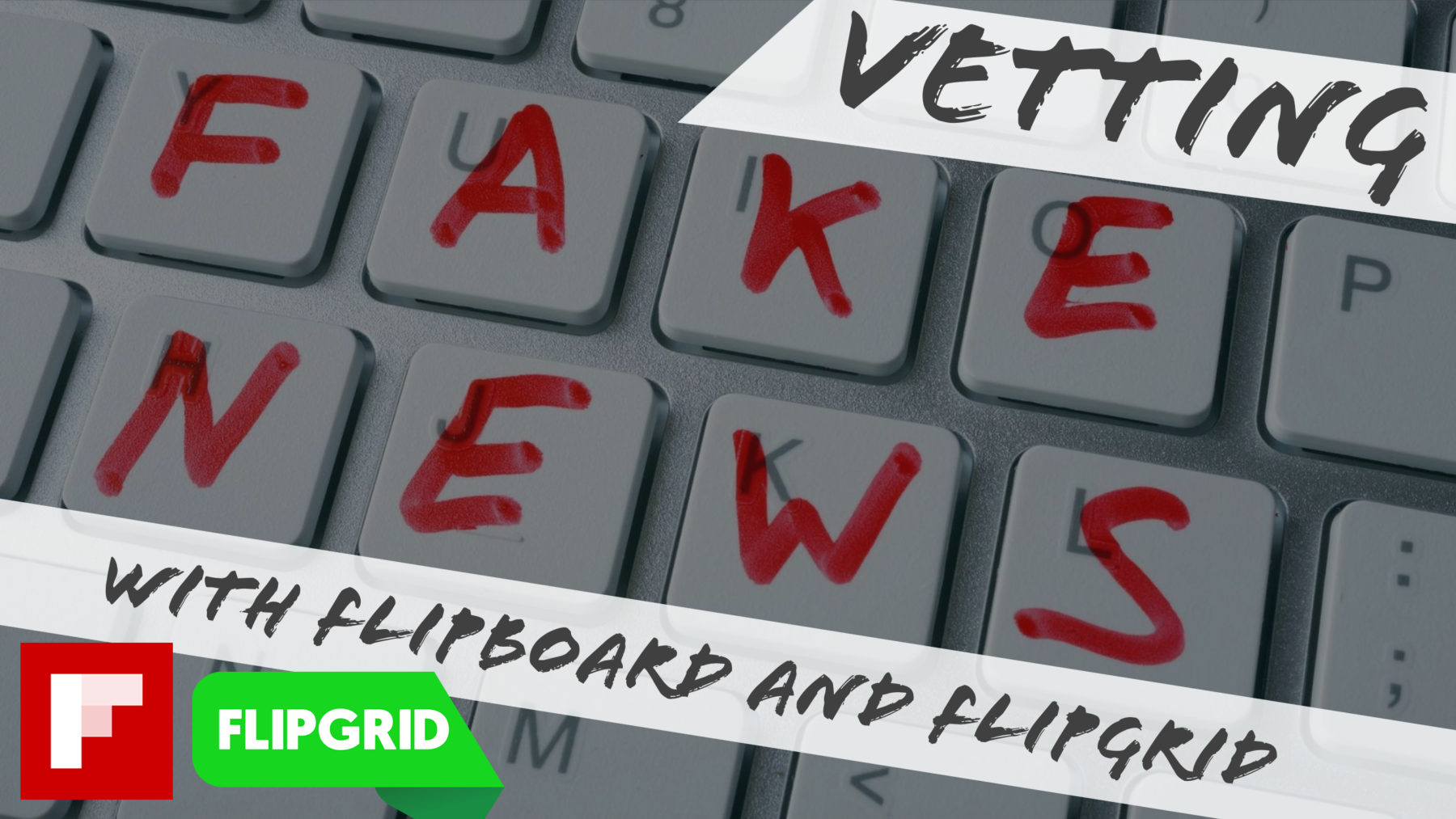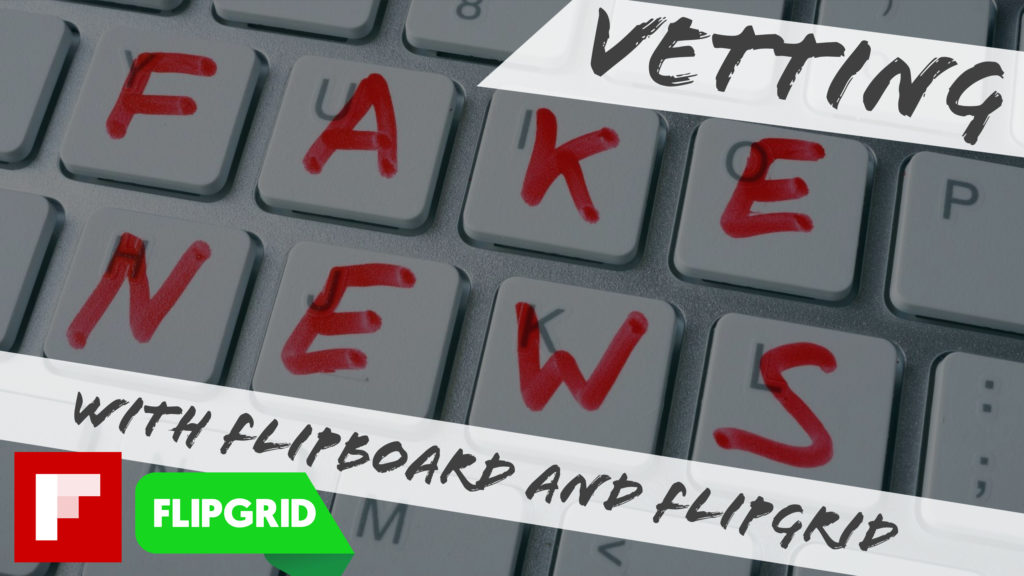Vetting “Fake News” with Flipboard and Flipgrid

 21st-century technology demands a 21st-century approach to teaching and learning. The ways things worked in the past will no longer work. It is not so much that students have changed (as the disgruntled teacher down the hall complains. Our society has transformed thanks to the internet and compact computing devices, like smartphones. How we consume information has changed. Memorized raw information is less important when one can just google it. Learning to think, reason, problem-solve, and create in constructive ways is paramount. To that end, I have designed a lesson plan for students whom will process and inquire about the all-too-common but potent phrase “Fake News.”
21st-century technology demands a 21st-century approach to teaching and learning. The ways things worked in the past will no longer work. It is not so much that students have changed (as the disgruntled teacher down the hall complains. Our society has transformed thanks to the internet and compact computing devices, like smartphones. How we consume information has changed. Memorized raw information is less important when one can just google it. Learning to think, reason, problem-solve, and create in constructive ways is paramount. To that end, I have designed a lesson plan for students whom will process and inquire about the all-too-common but potent phrase “Fake News.”
This lesson provides Grades 9-12 with the opportunity to examine and explore, through both guided and independent inquiry, the complex web of “reliable information” as they become student journalists for the year. Through practicing the Historical Thinking Skills and learning the relevant writing, reading, and speaking standards, students will demonstrate their understanding through the creation of both a news magazine for peer learning and engagement by using the app Flipboard. Students will also respond to news articles using Flipgrid, practicing their oracy skills while respectfully engaging in dialogue. According to Hobbs (2011), there are “five communication competencies [that serve as] fundamental literacy practices that are now part of learning across all subject areas” (p.12). These five competencies are access, analysis, creation, reflection, and action.
Through the “RESEARCH AND REGIONAL NEWS” lesson, students will (1) ACCESS, and in this case, find appropriate resources and use these resources as tools for learning. Students will conduct this research, with the assistance of their teacher, and publish these news articles from their selected global regions to their Flipboard—which will be shared with their peers and the broader community of the school. Furthermore, students will (2) ANALYZE, and in this case, critically think and evaluate the perspective of the authors and news sources and examine the potential effects of the message. Students will post the articles they discover with an analysis of the validity, biases, and implications of the story. Continuing, students will (3) CREATE, and in this case, students will compose and curate content by creating and publishing their own magazine. Also, students will (4) REFLECT, and in this case, students will both consider the message and impact of published works, but their own curation of those stories through their magazine. They will also reflect on others stories through Flipgrid. Students will share their thoughts on various stories through the videos they publish, reflecting on the perspective of others. And finally, students will (5) ACT, and in this case, create a space and communicative culture in which differing ideas can be expressed and discussed respectfully in reaction to various news stories.
By creating a news magazine using Flipboard and by responding to student-curated stories using Flipgrid, students will research, and vet new information, not just regurgitate pre-determined information. Students will learn to generate and curate content that is most meaningful to them and most beneficial to their peers. Through their own creative process and play, students will create new ideas that will impact their own and other’s learning. These benefits are direct outgrowths of embracing a new culture of learning thanks to modern technological tools (Thomas & Brown, 2011, p. 91-99).
Check out the plan below and let me know what works and what doesn’t.
 Loading...
Loading...
Click here for the Google Doc of the lesson plan.
References
Carneiro, J. (2018, January 5). Fake New [Digital image]. Retrieved August 4, 2018, from https://www.flickr.com/photos/125816678@N05/38618051835
Hobbs, R. (2011). Digital and media literacy: Connecting culture and classroom. Thousand, Oaks, CA: Corwin/Sage.
Thomas, D., & Brown, J. S. (2011). A new culture of learning: Cultivating the imagination for a world of constant change. Lexington, Ky: CreateSpace?.
Category: BLOG, EDTECH REFLECTIONS, MAET, PEDAGOGY, TECH TOOLS
Tagged: CEP810, EDTECH, Flipboard, Flipgrid, MAET, news, pedagogy, Social Science, TEACHING, theory

